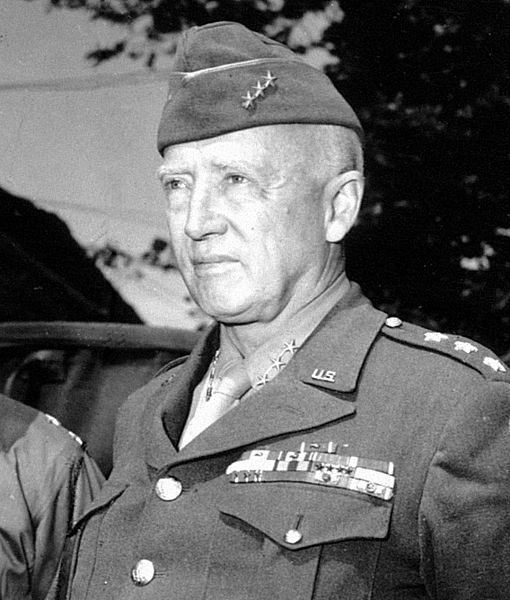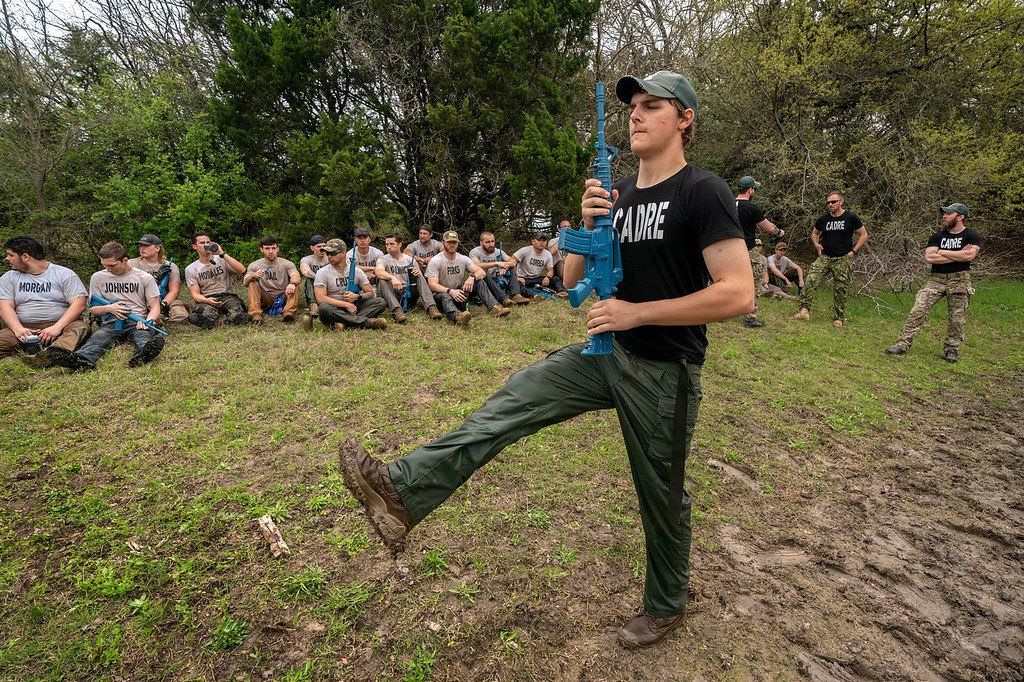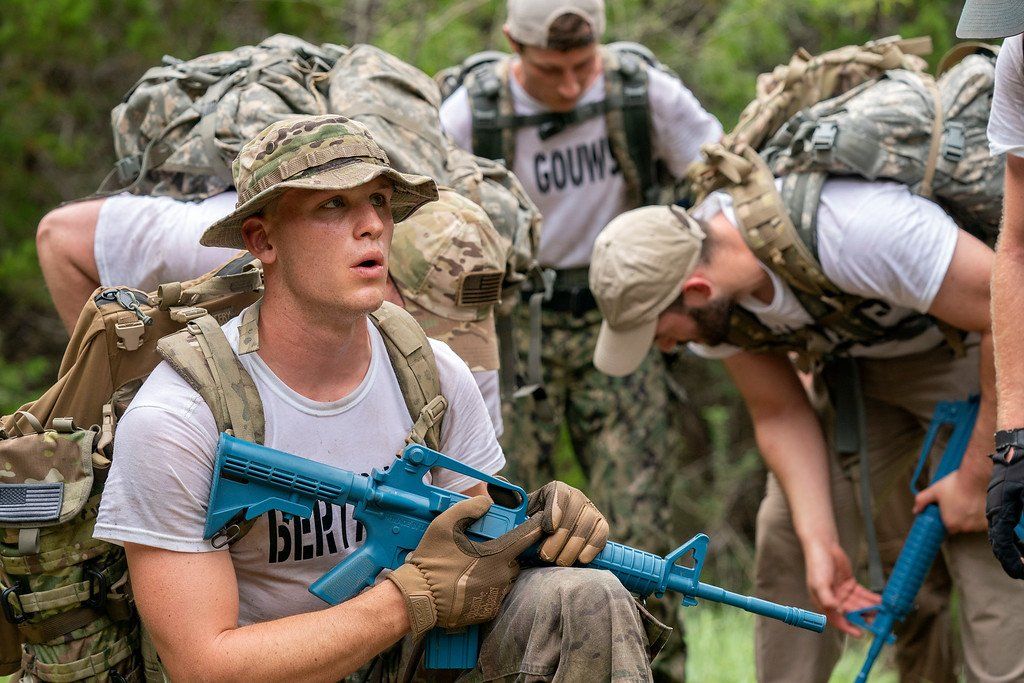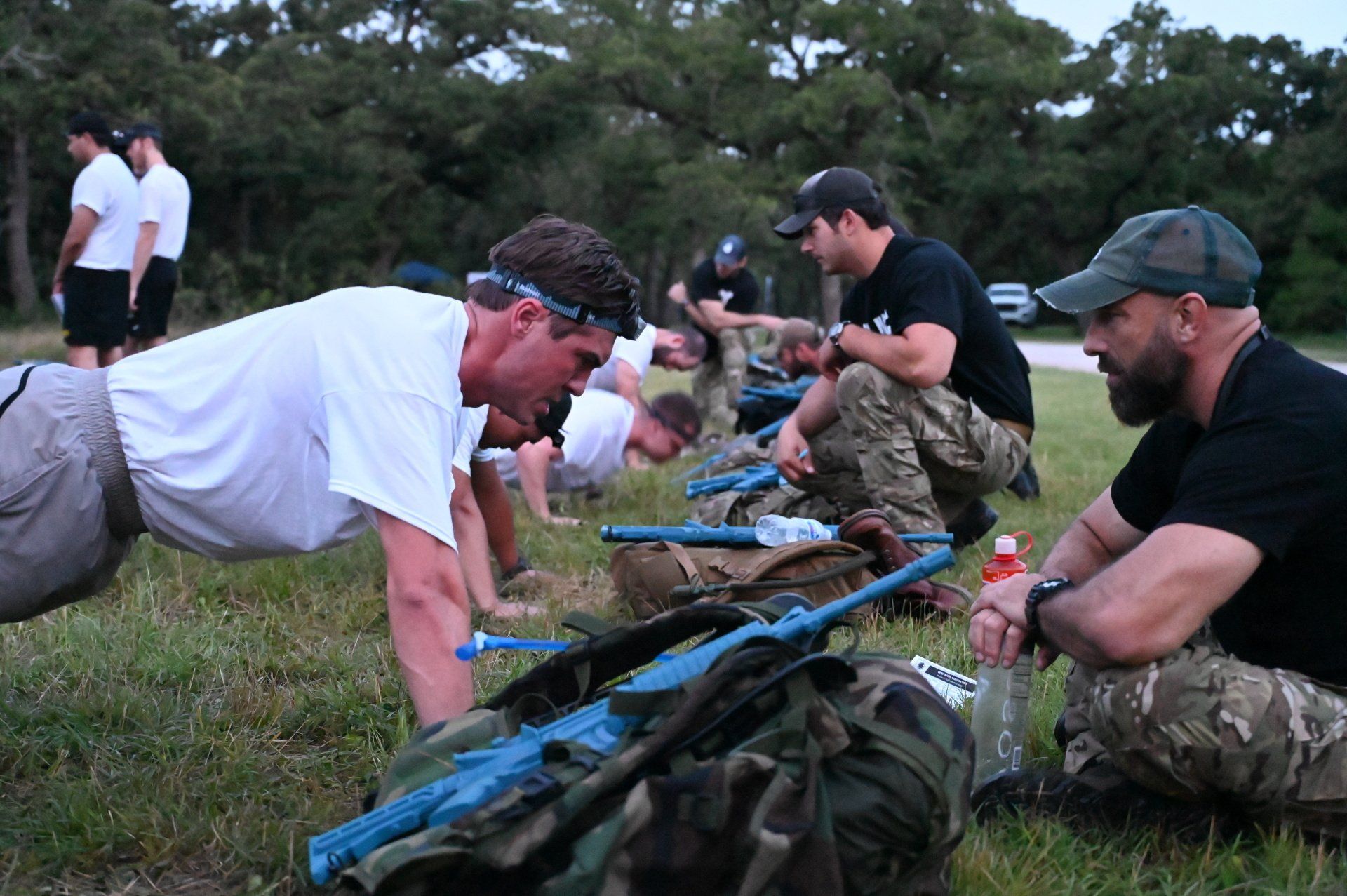Balance Exercises for Performance
Oct 19, 2021
Take control of your body with these simple movement drills.
As upright-walking animals, humans depend on our balance more than we often realize. Any movement from walking to the fridge to fighting requires a significant amount of balance and coordination by our bodies. Although most of us take our balance for granted, the process behind staying upright and stable is incredibly sophisticated. From collecting impulses from the eyes, joints, muscles, and ears, to applying the data and making micro-adjustments to keep the body balanced, the brain is constantly working to keep you standing.
With balance being such a crucial aspect of movement, the question remains, what can you do to improve your stability? In previous OA guides, we showed you how to stabilize your joints
and prepare your body for rucking. For this guide, we’ll focus solely on the specific exercises that you can do to improve your balance and physical adaptability.
The Two Principles of Balance
Before we can delve into the specific exercises for building balance, we must understand the two principles behind human stability. Without going into too much scientific detail, there are two elements that you can train to improve your balance.
The first is strength. This is the ability of your joints, muscles, and ligaments to support your weight and keep you stable throughout your movements. Without enough strength, your body cannot perform under the stresses of the exercises you perform. The second element you can train is reactivity. This is the amount of time that it takes your brain to process the balance impulses we mentioned previously and make adjustments. The better your reactivity, the quicker your body will be able to balance itself and adapt during dynamic movements. For example, when a child is first learning how to walk, their brain isn’t very adept at calculating the balance data and responding fast enough to keep the toddler upright. As we get older, the balance pathways in our brain get more clear-cut and responsive.
Exercise 1: Cone Touches
This exercise focuses on improving the reactivity portion of your balance. To perform the cone touch drill, you will need five cones/pylons. Stand in an open area and spread out the markers 1ft away from you in a semicircle (at the 12 o'clock, 1:30, 3 o'clock, 4:30, and 6 o'clock positions).
Standing with your left or right side towards the cones, balance on the leg further away from the markers (eg. if you stand with your right side toward the cones, balance on your left leg) – this is your neutral position. To perform the exercise, use the non-standing leg to tap the 12 o’clock cone and return to the base position. Repeat this movement for each cone – try to stay balanced on one leg throughout the drill.
Once you get the hang of this movement, you can increase the difficulty by moving the cones farther away from you or standing on a cushioned surface that offers less stability.
Exercise 2: Balance Calisthenics
For improving your balance strength, few exercises can beat balance calisthenics. If you commonly do bodyweight exercises, chances are you’re already familiar with squat variations like pistol squats and squat holds. To make these movements work your balance, perform them on a low-stability surface. If you’re at home, you can use a padded mat or thick carpet. If you have access to gym equipment, performing these exercises while standing on an inverted Bosu ball will yield huge balance gains. Note that you may need to decrease your weight or use stability aids (like TRX bands or holding onto the wall) when first starting these exercises.
Exercise 3: Explosive Balance Movements
Explosive or plyometric balance movements combine the two elements of balance into one exercise. Drills like one-legged box jumps or lateral jumps are excellent movements for supercharging your balance capabilities. Your body must have balanced strength to take off and land during the exercises. Then, your balance reactivity must take over to keep you stable and centered throughout the movement.
Exercise 4: Passive Balance Improvement
Improving your balance doesn't always have to be something you put time aside for. In fact, you can significantly improve your stability by performing small exercises throughout the day. For example, even small things like standing on one leg while brushing your teeth can pay huge dividends for your balance in the long term. Other passive balance exercises include temporarily replacing your home office chair for an exercise ball, using only one leg while lowering yourself into a chair, and even taking a few minutes to balance on one leg while blindfolded (this is much more challenging than it seems – your eyes provide the brain with crucial data about your physical orientation).
Having the fitness it takes to become a SOF operator is about more than passing PT tests. Your body must also be able to withstand the stresses of selection and deployment and adjust rapidly to dynamic environments. With so many factors affecting your physical performance, it can be challenging to discern whether your training sessions are effective. That’s why we teamed up with SEAL Commander, Greg DeLuca, to create our OA training programs. Each workout regimen is curated to give you the skills and attributes you need to dominate selection and get into the teams. Check out our workouts page
to get started today.








